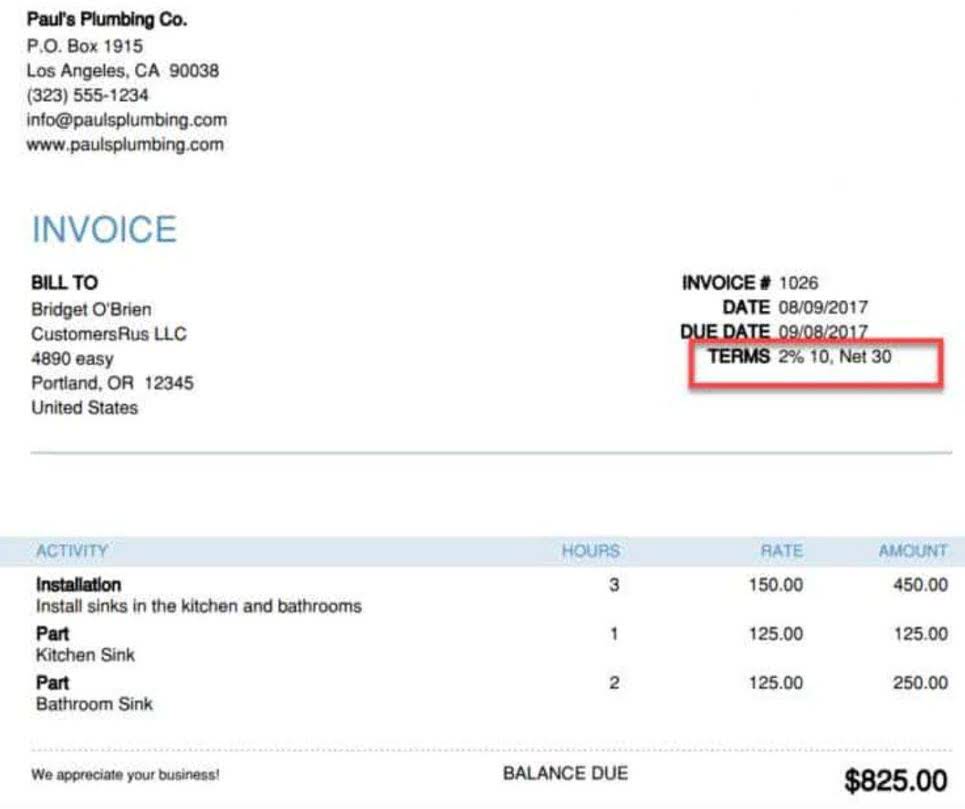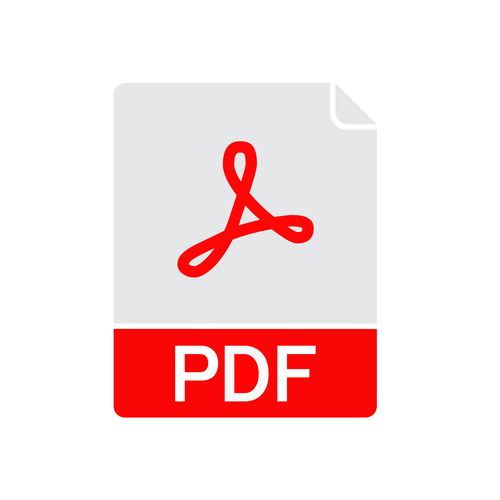
Kristin is a Certified Public Accountant with 15 years of experience working with small business owners in all aspects of business building. In 2006, she obtained her MS in Accounting and Taxation and was diagnosed with Hodgkin’s Lymphoma two months later. Instead bookkeeping of focusing on the fear and anger, she started her accounting and consulting firm.
Impact on Financial Statements
Additionally, companies that operate on a cash basis might align better with the method’s principles. When using the percentage of sales method, we multiply a revenue account by a percentage to calculate the amount that goes on the income statement. If the customer’s balance is written off as AI in Accounting uncollectible, there is nothing to apply the payment against.
- The financial Accounting Standards board (FASB), for instance, advocates for the allowance method because it adheres to the matching principle, aligning expenses with the revenues they help generate.
- Bad debt is an inevitable aspect of business operations, affecting cash flow and financial health.
- For these reasons, the accounting profession does not allow the direct write-off method for financial reporting.
- Bad Debts Expenses for the amount determined will not be paid directly charged to the profit and loss account under this method.
- The allowance method lets companies estimate bad debts based on what has happened in the past and change the estimate as needed.
Direct Write-Off vs. Allowance Method
In the realm of data analysis and business intelligence, the ability to collaborate effectively on… In the dynamic world of e-commerce, payment gateways play a pivotal role, acting as the crucial… The direct write-off method has several benefits, making it an attractive business option. The direct write-off method was one of the earliest and has been used for several centuries. Over time, this method changed and became more formal, with more rules and guidelines for how to use it.
What is the Allowance Method?
For businesses with mostly reliable customers, its simplicity and ease of use can make it an appealing option. Consider a roofing business that agrees to replace a customer’s roof for $10,000 on credit. The project is completed; however, during the time between the start of the project and its completion, the customer fails to fulfill their financial obligation. The Coca-Cola Company (KO), like other U.S. publicly-held companies, files its financial statements in an annual filing called a Form 10-K with the Securities & Exchange Commission (SEC). When we decide a customer will not pay the amount owed, we use the Allowance for Doubtful accounts to offset this loss instead of Bad Debt Expense. This direct write-off method shows that the company has recognized the uncollectible account as a loss and will not attempt to collect the debt any further.
As a result, the direct write-off method violates the generally accepted accounting principles (GAAP). To keep the business’s books accurate, the direct write-off method debits a bad debt account for the uncollectible amount and credits that same amount to accounts receivable. If your books still show receivables from customers who haven’t paid in six months, direct write-off method it’s time to face reality. Review your accounts receivable, clean up your ledger, and start using the direct write-off method to keep your financials lean and honest.


So, use it wisely, understand its limitations, and be prepared to switch to a more precise method as your business matures. Again, there’s no need for estimation models, allowance accounts, or periodic adjustments. The direct write-off method doesn’t conform to the matching principle in accrual accounting. So it’s usually only used for internal books or by companies not bound by Generally Accepted Accounting Principles (GAAP). The most important part of the aging schedule is the number highlighted in yellow.

- This drastic change could alarm investors, despite the underlying business operations remaining consistent.
- You’ll need to decide how you want to record this uncollectible money in your bookkeeping practices.
- The sale occurred December 1st 2015 and has payment due in 60days, so at year end December 31st 2015 the account is not yet due.
- The original journal entry for the transaction would involve a debit to accounts receivable, and a credit to sales revenue.
- By not estimating bad debts in advance, companies fail to provide a clear picture of expected earnings, which is crucial for making informed investment decisions.
- The direct Write-Off method is a point of contention in financial analysis due to its impact on the accuracy of financial statements.
- However, the Direct Write-Off method is simpler and may be used by smaller companies that do not extend much credit or by companies in certain tax jurisdictions where it is required for tax purposes.
The direct write-off method, while straightforward in its approach, often becomes a topic of debate among financial analysts. This method involves expunging uncollectible accounts from the books only when they are deemed to be uncollectible, which can lead to significant distortions in financial reporting. The timing of the write-off can skew the financial statements, making it difficult to ascertain the true financial health of a company.

The method’s straightforward approach has made it popular among business owners who want an easy and useful way to manage their finances. Imagine a small electronics store, Tech Haven, that sells products on credit. One of its customers, XYZ Corp., owes $5,000 but goes bankrupt and is unable to pay.
With the allowance method, a company guesses how much bad debt it will have in a given time period and puts this guess into an allowance account. This estimate can be based on historical experience, industry statistics, or other relevant factors. This directly impacts the balance sheet, which reflects a business’s financial status at a given time. The accounts receivable balance is reduced, which is reflected in the business’s total assets.